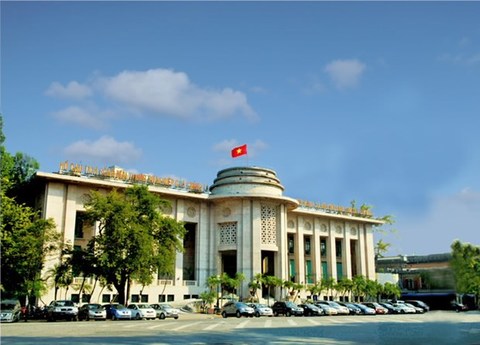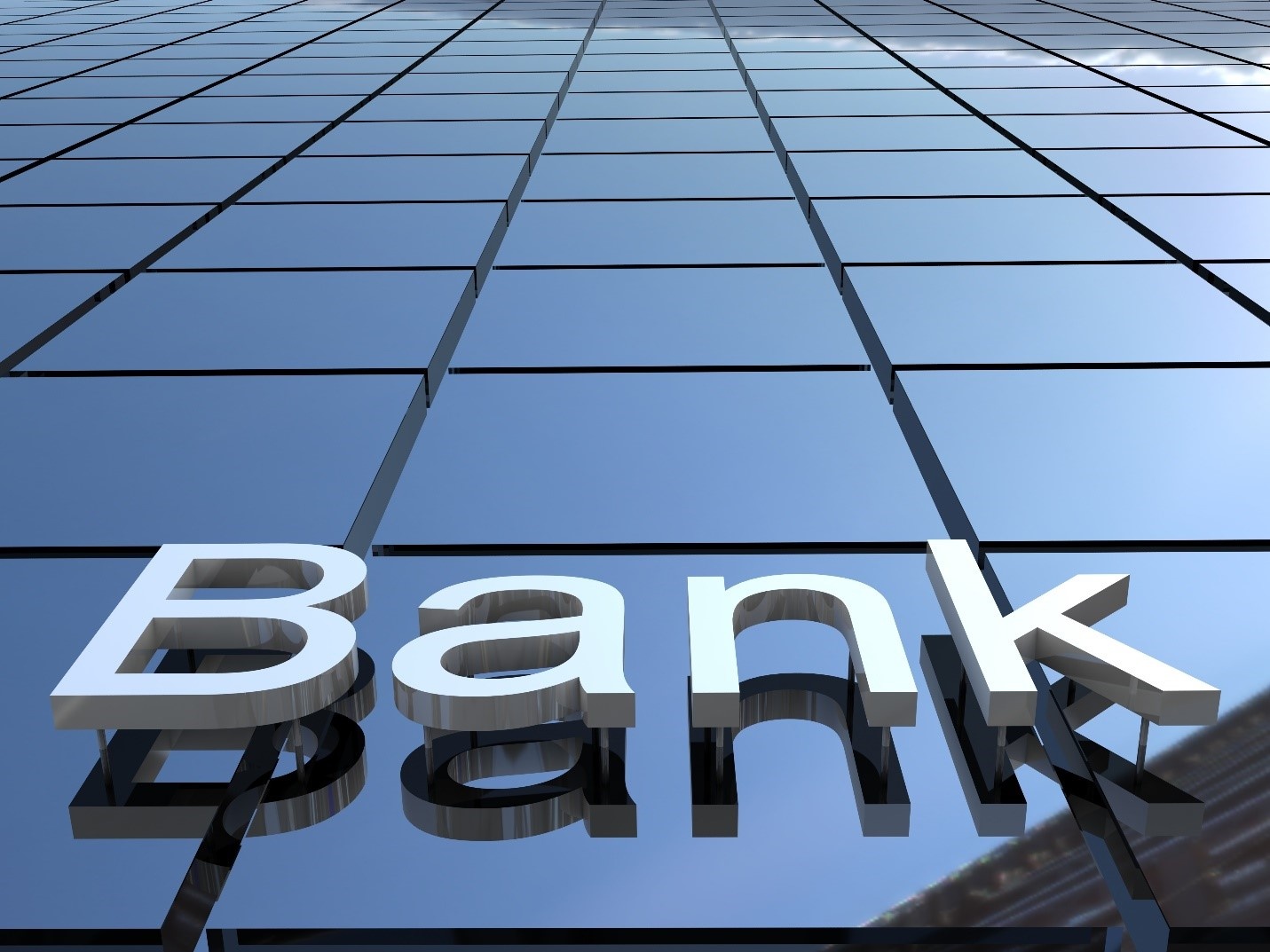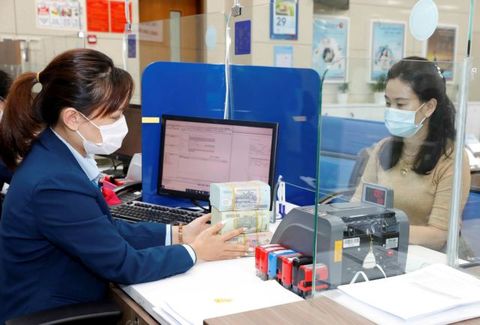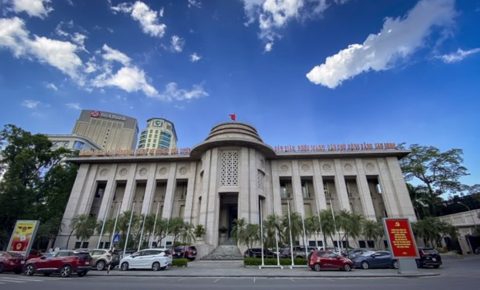Currency stable amid fresh Fed hike
Currency stable amid fresh Fed hike
Despite the US Federal Reserve’s latest interest rate hike, the Vietnamese currency has seen only limited depreciation when compared to the currencies of its regional partners.
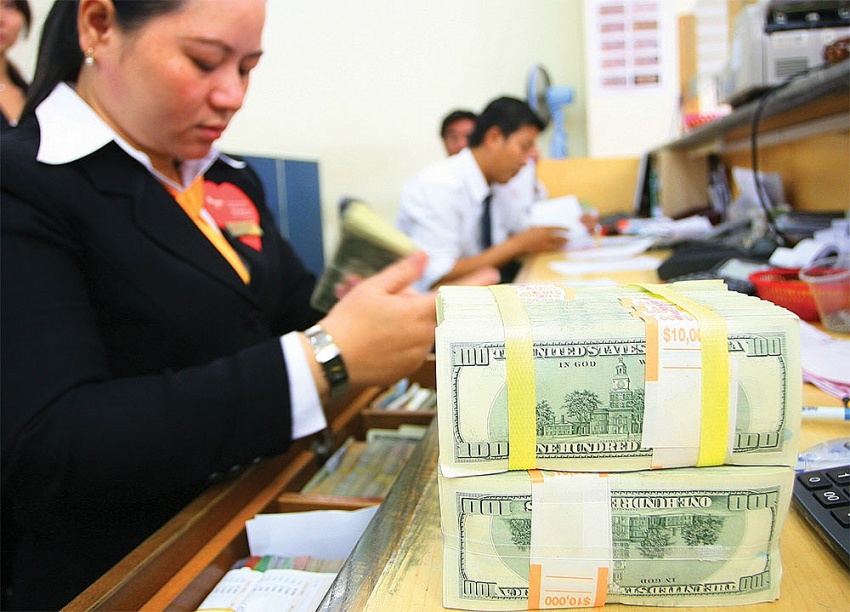
In its meeting last week, the Fed raised the rate by another 75 basis points, bringing the current rate into the 3-3.25 per cent range, while the market recalibrated to price in a terminal rate of over 4 per cent for 2022 and 2023.
With inflation proving to be far stickier and more broad-based in nature than expected, the Fed reaffirmed that further aggressive action in the form of future rate hikes would be exercised until inflation comes under control. The rate hike was voted in favour unanimously by all members of the Federal Open Market Committee (FOMC).
The expectation for the Fed rate by the end of 2022 is now significantly higher than the milder 3.4 per cent forecast in the June meeting and signals a likely consecutive hike in November. The Fed implied that if inflation figures do not significantly cool by December, the FOMC will likely vote in favour of another raise.
In Vietnam, the State Bank of Vietnam (SBV) has prepared for the rate increase in advance. Prime Minister Pham Minh Chinh last week asked the SBV to study a possible hike in the operating rate. The SBV surprised the market by going further and announcing its first rate increase since 2011.
Meanwhile, experts said the VND had performed well, with little depreciation compared to its regional counterparts.
The SBV had been pre-emptively advancing reverse repurchase agreements and the SBV-bill rate to 4.8 and 4.5 per cent, respectively, and maintained a tight liquidity status by regular withdrawal via SBV issuance to keep the VND interbank rate at around 4.5 per cent.
Trinh Thai, who is an SSI analyst, believed that pressure on the VND is relatively straightforward to understand due to the USD pegging mechanism.
She added that while the SBV could completely avoid pressure on the VND if the USD continued to march upwards, the Vietnamese central bank could utilise tools to stem the tide and maintain stability among regional peers. For example, a quick comparison shows that the VND is still holding up well against regional currencies such as the Thai baht and Japanese yen.
“In light of the surge of the USD after the Fed hike, the Vietnamese central bank raised its ask-price at the SBV transaction office to VND23,700 ($1.03) while keeping FX reserves at a prudent level. While the most significant Fed hike action in decades makes it difficult for exact predictions, a clue on the VND exchange rate from now to the end of the year will be FX inflows, which will be a key variable determining the VND rate in the time ahead (surplus trade balance, stable foreign investment disbursement and remittances),” Thai said.
According to Nguyen Minh Tuan, an analyst at Friendship International Investment Company, import-export businesses, particularly those using imported raw materials such as animal feed, will feel the heat due to their high vulnerability to inventory expenses and management costs.
“The Fed rate hike may also exert a significant impact on businesses in Vietnam’s retail industry. On the flip side, as the SBV has made preparations in advance, the impact to the banking sector is minimal,” Tuan said.
Tran Duc Anh, head of macro and market strategy at KB Securities, told VIR that the domestic stock market was largely correlated with the global sector, particularly the Fed decision.
“The tightening of monetary policy will affect the exchange rate. Failure to stabilise the exchange rate and keep investors’ confidence in the domestic currency will result in net capital outflows and higher import inflation, putting pressure on domestic inflation,” said Anh.
Emerging markets in particular have been dealt a hand of sticky and broad-based inflation while also dealing with depreciation pressure on local currencies amid unusually strong global USD strength. Though the SBV delivered a large policy rate hike this time, by 100 basis points, it is more an official confirmation of the tightening monetary cycle rather than a surprising move to the market.
Thai of SSI also highlighted that SBV was pivoting to tighter monetary policy. As a result, there was not much turbulence post-announcement in the money and government bond market. Another key point to note from the rate hike is that despite the sudden rise, it is still below pre-pandemic levels.
“As such, we cannot rule out the possibility that the SBV might execute another rate hike this year – if the global situation is still at its worst, if an aggressive Fed persists, or if the Russian-Ukraine conflict further develops. However, in our base-case scenario, the SBV might opt for a rate hike next year, possibly in the first half of 2023. Time will tell if the SBV has the luxury to make a rate hike on its preferred schedule,” said Thai.
In terms of exchange rates, the SBV move hints at a more hawkish approach to monetary policy, effectively acting to narrow rate divergence with the Fed rate, which could somewhat lessen pressure on the VND.
However, the USD is expected to maintain its strength, acting as a vacuum and global safe haven for the more risk-averse capital, Thai added. While the VND will continue to outperform its peers in terms of depreciation, it could lose a limited amount of ground against the USD, though the SBV’s actions look to provide a degree of mitigation.







